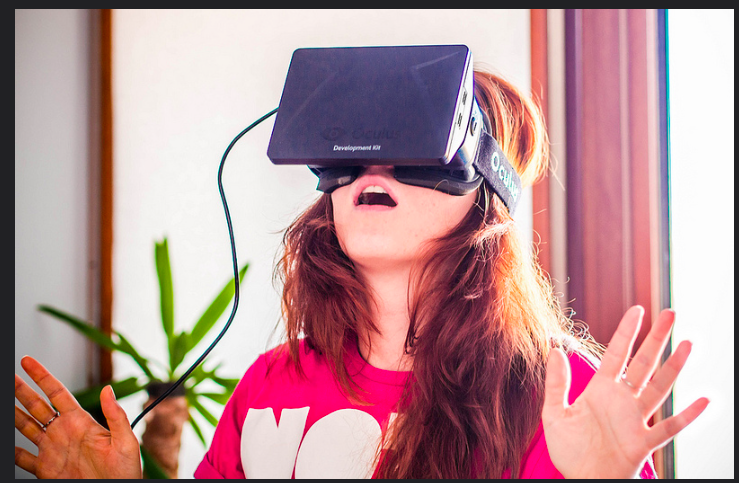Social media has changed the way public service broadcasters in Europe interact with their audiences. It has enabled audiences to participate in public debate more easily and to contribute content, according to recent research.
Yet, while broadcasters have broadly welcomed social media, they are also wary of its increasing influence, and the growing commercialization of social networks.
The study, Making Public Television Social? Public Service Broadcasting and the Challenges of Social Media, by José van Dijck and Thomas Poell of the University of Amsterdam, investigated how public broadcasters are using social media, particularly in the United Kingdom and the Netherlands.
Researchers found that the core objectives of public service broadcasting (PSB), to inform, educate and entertain, as well as to involve the public in debate, are increasingly being met by social media.
Since the early 2000s interactive platforms have been changing the way the public participates in the media. Now anyone can chat, text, blog, and distribute short videos in real time.
The researchers conclude that national public broadcasters have accepted this with a mixture of “bliss” and “reserve”. PSBs want to profit from new opportunities offered by social media, to promote user participation and encourage independent audiovisual creations. However, they are also wary of the increasing commercialization of social networks, such as Facebook, and believe that new rules are needed to govern how social media is used in public broadcasting.
Van Dijck and Poell also studied how social media tools and platforms are becoming integrated in the broadcasting profession. In 2004 the BBC, in the UK, was one of the first PSBs to consider online participation a key strategy. The corporation encouraged the inclusion of user-generated content in its programming and its employees were among the first to adopt social media.
However, it quickly became apparent that rules were needed to help journalists use social media appropriately. In 2010, the BBC introduced its “Social Media Guidance”, to underwrite the power of these new tools, but also to alert staff to the commercial mechanism embedded in them.
The researchers also looked at the use of “social TV” and how it can be incorporated into public broadcast formats to engage young audiences. Social media has introduced new formats and aesthetics which appear a good fit with formats typically produced by commercial mass media. These include formats, programmed across platforms, which combine short texts, video-fragments, images, and audio. Van Dijck and Poell asked what happens when these formats are integrated into PSB programmes and Europe’s public broadcasters try to experiment with their own version of “social TV”.
The researchers examined in detail two experiments geared specifically toward an audience of young adults: Up for Hire, broadcast by the BBC in 2011, and Upload TV, produced by the Dutch VPRO in 2013. The former used video clips and a live Twitter stream to fuel a conversation between the studio audience and viewers at home. Upload TV focused on producers of cross-media content, selecting web-based videos and promoting user-generated audiovisual productions.
In both cases the result was a hybrid content: The confrontation between social media elements and mass media format, the mixture itself of “public” and “social” elements, the combination of a multi-platform, user-centered format with the editorial judgments of public television are all elements that produced an experimental form.
According to the researchers, what seems to be necessary is the re-articulation of the meaning of “publicness” itself. One possible solution could be to change “public service broadcasting” into “public service media”, underlining the importance of other media beyond radio and television. This kind of shift would also be from content production to content selection and distribution. This fits one of the traditional roles of PSBs – to promote public value outside their institutional space.
A number of startups or small companies are currently moving in this direction (see the examples of Syria Deeply, Ushahidi or Storyful), but what is almost clear is that public broadcasting urgently requires new forms of justification to survive the big challenges posed by social media and it goes without saying that it needs to do that as soon as possible.
Source: Making Public Television Social? Public Service Broadcasting and the Challenges of Social Media by José van Dijck and Thomas Poell (Television & New Meda, 21 March 2014).
Photo credit: Manoj Vimalassery / Flickr Cc
Tags: Jose van Dijk, PSB, public, public service broadcasting, public television, Social media, Television, Thomas Poell, TV, University of Amsterdam













































